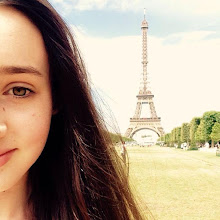safe and harmless, when in truth they have the potential to cause multiple health problems.
 |
| Do you notice the similarities? |
E-cigarettes still contain the drug nicotine, which has been proven to be strongly addictive, causing withdrawal problems such as depression and feelings of agitation. Evidence suggests that it can have negative impacts on those with existing heart problems, and increases the risk of complications during pregnancy. Furthermore, some e-cigarettes contain formaldehyde, a substance used in antifreeze and building materials, proven to increase the risk of cancer.
Introduced to the American market in 2007, e-cigarettes have been used for a relatively short period of time, and so their long-term health risks remain unknown. Although they have the potential to be relatively safe, the uncertainty surrounding their use is worrying.
To make matters worse, the sale of e-cigarettes is incredibly uncontrolled, with 68% of sales made in the UK being illegal. The inability to control the sales and therefore quality of the product, only increases the potential risks to public health. In addition, a recent article published by the BBC stated that "40% of sellers targeted in an operation by trading standards in England" were found to be illegally selling e-cigarettes to under 18's. The easy access, low costs and alluring flavours such as bubble-gum, chocolate and pink lemonade, entice young people into using the devices even if they had not previously been smokers, putting the future generation's health at risk. The problem is not limited to the UK, but stretches across the pond to America, with a recent study by the CDC stating that "a quarter-million youth who had never smoked a cigarette used e-cigarettes in 2013".
With so little research into the long term health risks this new trend poses, it is impossible to say whether or not e-cigarettes truly are a quick fix to tobacco smoking, or a ticking time bomb in the public health sector.

